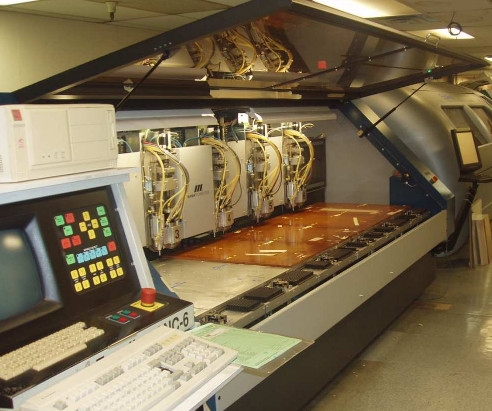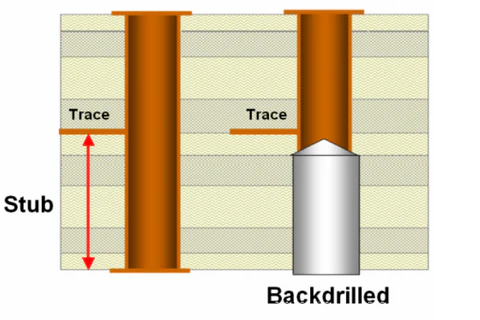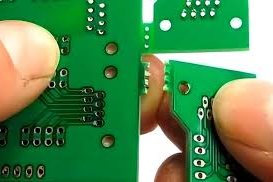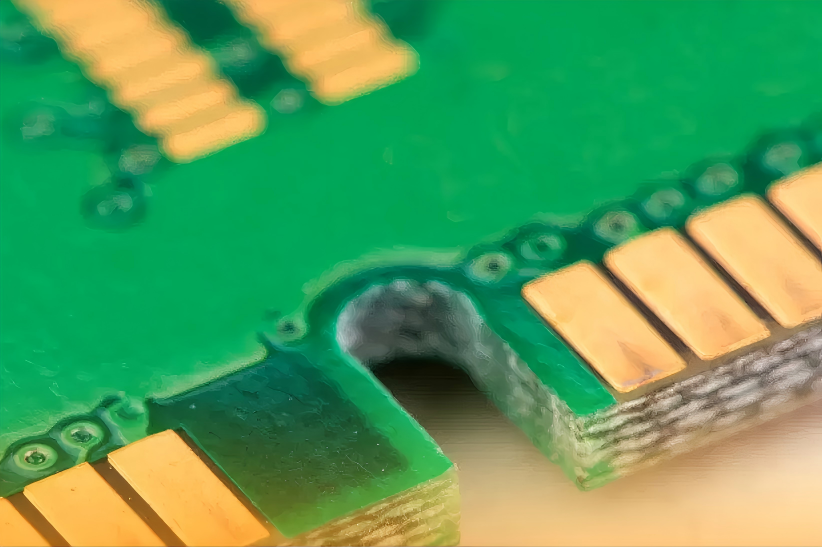In-flight entertainment (IFE) systems are evolving rapidly, driven by cutting-edge technology and the demand for seamless passenger experiences. At the heart of this transformation lies Printed Circuit Board (PCB) design, which plays a critical role in powering the screens, connectivity modules, and interactive features that keep travelers engaged. So, what does the future hold for IFE systems, and how are advancements in PCB technology shaping this industry? In this blog, we’ll explore the in-flight entertainment PCB market trends, the future of IFE systems, advanced PCB technology, and the role of flexible PCBs in IFE, providing a deep dive into the innovations driving this space.
Understanding the Role of PCBs in In-Flight Entertainment Systems
PCBs are the backbone of modern electronics, and in the context of in-flight entertainment, they are essential for delivering reliable, high-performance systems. These boards connect and power components like touchscreens, audio systems, Wi-Fi modules, and seat-back displays, ensuring passengers can enjoy movies, games, and internet access at 30,000 feet. The aviation environment poses unique challenges, such as limited space, weight constraints, and the need for durability under extreme conditions like vibration and temperature fluctuations. This is where innovative PCB design comes into play, addressing these challenges while enhancing functionality.
Key In-Flight Entertainment PCB Market Trends
The in-flight entertainment PCB market is witnessing significant growth, fueled by the rising demand for enhanced passenger experiences and the adoption of advanced technologies. According to recent industry insights, the global aerospace and defense PCB market is projected to grow at a compound annual growth rate (CAGR) of around 3.8%, reaching approximately $1.6 billion by 2029. While specific data for IFE PCBs is less widely reported, this segment is a critical driver within the broader aerospace PCB market due to the increasing integration of connectivity and entertainment features in aircraft.
One major trend is the push for lightweight and compact designs. Airlines are prioritizing fuel efficiency, which means every gram counts. PCB manufacturers are responding by developing thinner, multilayer boards that reduce weight without compromising performance. Additionally, the shift toward wireless connectivity in IFE systems is driving demand for PCBs that support high-speed data transmission, with signal speeds often exceeding 5 Gbps to handle streaming and real-time internet access.
Another trend is the focus on durability. Aerospace PCBs must withstand harsh conditions, including temperature ranges from -40°C to 85°C and constant vibration. This has led to the adoption of materials like high-temperature laminates and robust soldering techniques to ensure long-term reliability.
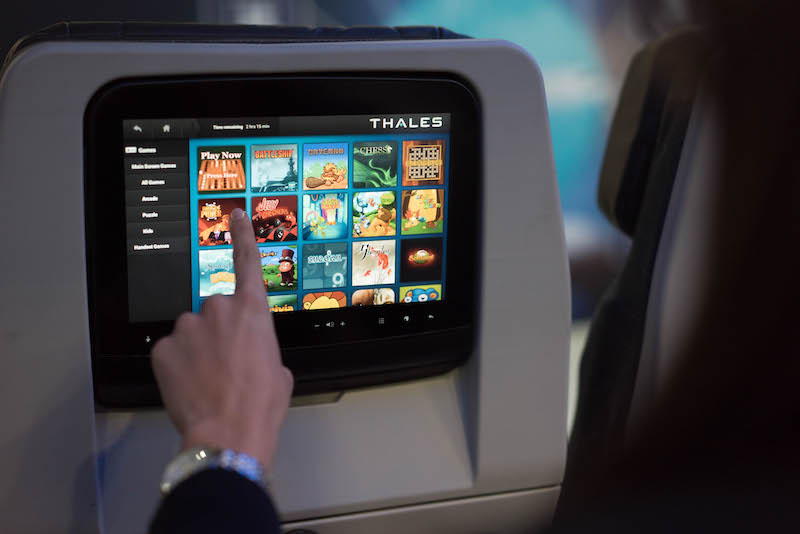
The Future of IFE Systems: What to Expect
The future of IFE systems is set to be transformative, with several exciting developments on the horizon. First, personalized entertainment is becoming a priority. Passengers expect tailored content recommendations, seamless device integration, and interactive features. This requires IFE systems to handle complex software and data processing, placing higher demands on PCB performance for faster response times and lower latency.
Second, the rise of wireless in-flight entertainment is reshaping system architecture. Traditional wired setups are being replaced by wireless streaming solutions, reducing cabling weight and simplifying installation. PCBs in these systems must support advanced wireless protocols like Wi-Fi 6, which can achieve data rates up to 9.6 Gbps, ensuring smooth streaming for hundreds of passengers simultaneously.
Lastly, sustainability is a growing focus. Airlines are under pressure to reduce their carbon footprint, and IFE systems are part of this equation. Energy-efficient PCBs that minimize power consumption—often achieving reductions of 15-20% through optimized circuit design—are becoming standard. This not only lowers operational costs but also aligns with environmental goals.
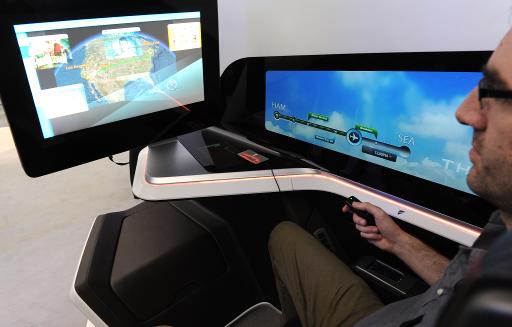
Advanced PCB Technology Driving IFE Innovation
Advanced PCB technology is at the core of the next generation of IFE systems. One key innovation is the use of High-Density Interconnect (HDI) PCBs. These boards feature finer traces and smaller vias, often with line widths as narrow as 50 micrometers, allowing for more components in a smaller footprint. This is crucial for IFE systems, where space behind seat-back displays is limited. HDI technology also improves signal integrity, reducing noise and crosstalk at high frequencies—critical for delivering clear audio and video.
Another breakthrough is the integration of embedded components. By embedding resistors, capacitors, and even microcontrollers directly into the PCB layers, manufacturers can further reduce size and enhance reliability. For instance, embedded capacitance can stabilize power delivery, ensuring consistent performance even during turbulence-induced power fluctuations.
Thermal management is also a focus of advanced PCB technology. IFE systems generate significant heat, especially during extended use. Metal-core PCBs and advanced thermal vias are being used to dissipate heat more effectively, often reducing operating temperatures by 10-15°C compared to traditional designs. This extends the lifespan of components and prevents system failures mid-flight.
Moreover, the adoption of 5G-enabled PCBs is revolutionizing in-flight connectivity. These boards are designed to handle ultra-fast data transmission, supporting real-time streaming and cloud-based content delivery. With 5G, passengers can expect download speeds up to 100 times faster than 4G, making buffering a thing of the past.
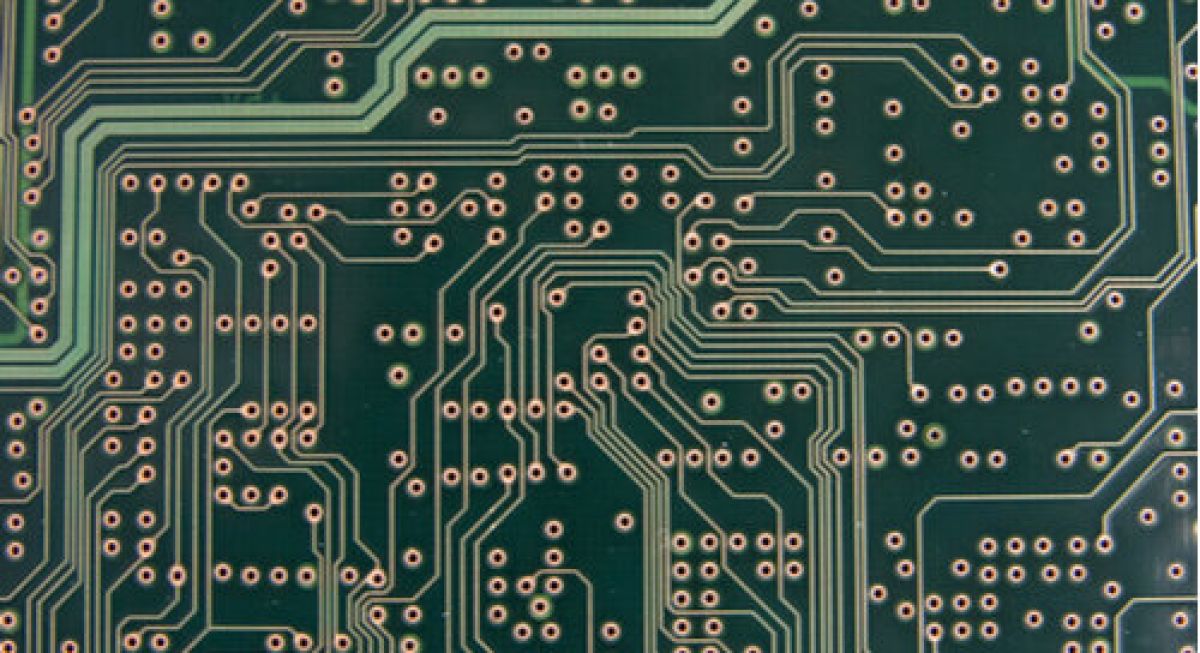
The Role of Flexible PCBs in IFE Systems
Flexible PCBs are emerging as a game-changer in the design of IFE systems. Unlike rigid boards, flexible PCBs can bend and conform to irregular shapes, making them ideal for the confined and curved spaces in aircraft cabins. For example, they can be integrated into seat-back displays or overhead panels without requiring additional bulk, saving valuable space.
One major advantage of flexible PCBs in IFE is their lightweight nature. A typical flexible PCB can weigh up to 30% less than a rigid counterpart, contributing to overall fuel savings. Additionally, their ability to withstand vibration and mechanical stress—often enduring over 100,000 flex cycles without failure—makes them highly durable in the aviation environment.
Flexible PCBs also enable innovative designs, such as foldable or rollable displays for IFE systems. Imagine a future where passengers can unfold a larger screen from their seat for a more immersive viewing experience. This is made possible by the adaptability of flexible circuits, which can maintain electrical performance even when bent or shaped.
However, challenges remain. Flexible PCBs are often more expensive to produce due to specialized materials like polyimide, which can withstand temperatures up to 260°C. Despite the cost, their benefits in terms of space savings and reliability are driving increased adoption in the IFE sector.
Challenges and Solutions in IFE PCB Design
Designing PCBs for IFE systems is not without its hurdles. One significant challenge is electromagnetic interference (EMI). With multiple electronic systems operating in close proximity within an aircraft, EMI can disrupt signal quality, leading to glitches in video or audio. To combat this, PCB designers are incorporating shielding layers and ground planes, often reducing EMI by up to 90% in high-frequency applications.
Another issue is the need for high reliability under strict regulatory standards. Aerospace PCBs must comply with standards like DO-160, which governs environmental testing for airborne equipment. This includes rigorous testing for shock, humidity, and thermal cycling. Manufacturers are addressing this by using high-quality materials and advanced testing protocols to ensure compliance.
Power management is also a concern. IFE systems must operate on limited aircraft power, often requiring voltage regulation to maintain stable operation between 9V and 36V, depending on the aircraft’s electrical system. Efficient power distribution designs and low-power components are being integrated into PCBs to address this limitation.
How PCB Innovations Benefit Airlines and Passengers
The advancements in PCB design for IFE systems deliver tangible benefits for both airlines and passengers. For airlines, lightweight and energy-efficient PCBs reduce fuel costs and maintenance needs. A reduction of just 1 kilogram in aircraft weight can save thousands of dollars in fuel over a year, and modern PCBs contribute significantly to this goal.
For passengers, the impact is even more direct. Faster, more reliable IFE systems mean smoother streaming, quicker response times, and a more enjoyable travel experience. Whether it’s watching a high-definition movie or staying connected with loved ones through in-flight Wi-Fi, the role of advanced PCBs is undeniable.
Moreover, the shift to wireless and personalized systems enhances convenience. Passengers can pair their devices with IFE systems effortlessly, accessing content on their terms. This level of customization is only possible with the high-speed, compact, and durable PCBs being developed today.
Conclusion: A Connected Future in the Skies
The future of in-flight entertainment is bright, with PCB design playing a pivotal role in shaping this evolution. From the latest in-flight entertainment PCB market trends to the exciting potential of flexible PCBs in IFE, these innovations are redefining how passengers experience air travel. Advanced PCB technology, including HDI boards, embedded components, and 5G connectivity, is driving the performance and efficiency of IFE systems, while addressing the unique challenges of the aerospace environment.
As the demand for seamless connectivity and personalized entertainment grows, PCB manufacturers are stepping up with solutions that balance performance, weight, and durability. The result is a win-win for airlines and travelers alike, promising a more connected and enjoyable journey in the skies. Stay tuned to see how these technologies continue to evolve, bringing us closer to a new era of in-flight experiences.
 ALLPCB
ALLPCB


